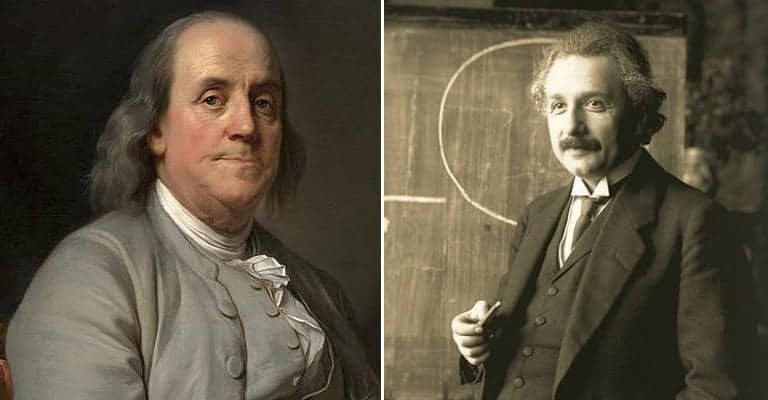As in fiction, the past is full of interesting people who have imbued the future with their legacies. Whether great persons of state, wise scientists, or talented artists, a handful of the one hundred billion humans to ever live have transcended death to become immortal via their accomplishments in life. Nevertheless, despite the enormity of these achievements and legacies, many of these virtuosos undoubtedly deserved more. Whether suffering an untimely demise, departing whilst still possessing greatness to pass on, the loss of their work to the fog of history, or simply warranting the chance to see what became of the future they had once dreamt of, each of us wishes to revive some historical person, to needle with inquiries and solicitations in the hope of further bequests.
Here are 20 historical figures that we would absolutely love to bring back from the dead:

20. The untimely death of Mozart at a young age robbed humanity of countless artistic wonders
Born January 27, 1756, Wolfgang Amadeus Mozart remains to this day perhaps the greatest composer and musician in human history. A prodigy from infancy, Mozart began composing from the age of five and was already performing in front of the royal courts of Europe during his teenage years. Responsible for more than six hundred works, ranging from operatic to symphonic, many of which are acknowledged today as among the greatest pieces ever created in their respective genres, Mozart towered over his contemporaries, including even the acclaimed Beethoven, as the definitive musician of the classical era.
As Haydn – himself a legendary composer – wrote of the deceased Mozart, “posterity will not see such a talent again in one hundred years”. Dying at the age of only thirty-five on December 5, 1791, one can only imagine the works left uncompleted and unfulfilled by his untimely death from an unknown illness that could have been gifted to humanity with an additional few decades of life. Furthermore, with his indescribable talent for adaptation and composition, once allegedly transcribing from memory an entire symphony he had heard for the first and only time that evening, it would be fascinating to witness how Mozart would respond and transform modern music into unique and lasting masterpieces.

